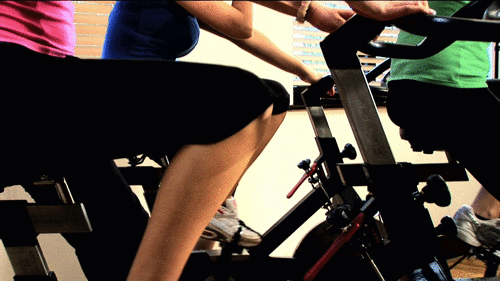
Sad but true: Shorter days can spell an uptick in down-in-the-dumps moods for a lot of folks this time of year. While full-fledged SAD, or seasonal affective disorder (a type of clinical depression that is triggered by a change in the seasons, most common during the low-light days of winter) only affects about 4 to 6 percent of people, the milder “winter blues” affects as many as 20 percent.
More pervasive still is what experts dub as “seasonality” – simply having ups and downs mediated by the change in seasons. As many of 90 percent of people experience these types of seasonal mood swings, even if they isn’t severe enough to warrant a diagnosis. The bottom line: depression is on the rise this time of year.
If you find yourself heading into a winter slump, consider this: how’s your exercise routine going?
Can exercise fight depression?

While certainly not the first (or the last) study to point to good old fashioned sweat as an antidote to depression, a new 50-year study in the journalJAMA Psychiatry found that working out can help to prevent depression symptoms at any age. The researchers tracked 11,000 people in their 20s, 30s, 40s and 50s who answered survey questions about their moods as well as physical activity habits. The results showed that going from zero to three workouts a week paid off in 19 percent lower chances of depression. One of the key highlights: the benefits are there no matter what age you start working out.
Of course, depression is a serious disease that warrants working with a health professional to develop a plan. But this study and many others underline how exercise can play an important role in treatment, and one that’s worth discussing with your doctor.

